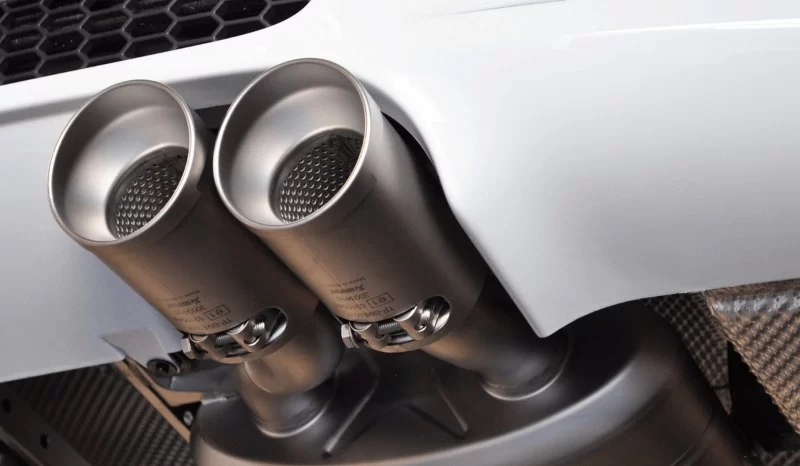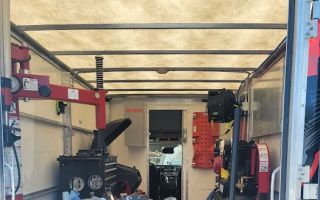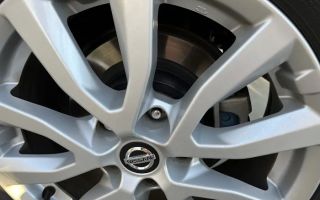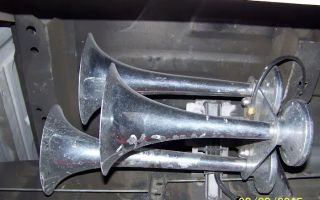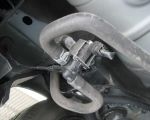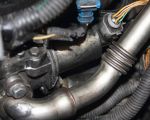- why-clean-your-car-exhaust-tailpipe-regularly - Why Clean Your Car Exhaust Tailpipe Regularly
- tools-and-products-needed-for-a-proper-clean - Tools and Products Needed for a Proper Clean
- step-by-step-guide-on-how-to-clean-your-car-tailpipe - Step-by-Step Guide on How to Clean Your Car Tailpipe
- real-world-case-dirty-exhaust-vs-clean - Real World Case: Dirty Exhaust vs Clean
- tips-to-maintain-clean-exhaust-longer - Tips to Maintain Clean Exhaust Longer
- get-cleaning-help-from-rescue-towing - Get Cleaning Help from Rescue & Towing
1. Why Clean Your Car Exhaust Tailpipe Regularly
Your car's exhaust tailpipe is one of the most exposed parts of the vehicle and is constantly bombarded with moisture, heat, road debris, and carbon buildup. Over time, these contaminants can form a thick black soot that doesn’t just look bad—it can contribute to corrosion and performance issues. Especially in regions with salted roads or heavy humidity, failing to clean the tailpipe could result in rusted metal or even holes in the exhaust system. Not to mention, a clean tailpipe makes your vehicle look well-maintained and boosts resale value.

Pick Your Part - Help Yourself
1232 Blinn Ave, Wilmington, CA 90744, USA
2. Tools and Products Needed for a Proper Clean
Cleaning your car’s exhaust tailpipe doesn’t require a professional garage setup. Most items can be found at a hardware store or online. You’ll need:
- Rubber gloves
- Metal polish or chrome cleaner (depending on your tailpipe finish)
- Steel wool or a stiff brush for stubborn carbon deposits
- Microfiber cloths
- Degreaser or automotive soap
- Optional: drill-mounted polishing pad for extra shine

Pick Your Part - Greer
13054 E Wade Hampton Blvd, Greer, SC 29651, USA
3. Step-by-Step Guide on How to Clean Your Car Tailpipe
Cleaning your exhaust pipe involves more than just a quick wipe. Follow these steps for a deep clean:
Step 1: Cool the tailpipe completely. Never clean it right after driving—it can cause burns or warp metal finishes.
Step 2: Rinse the area with water. Use a hose to remove loose dirt, mud, and road grime.
Step 3: Apply a degreaser. Let it sit for a few minutes to break down oily buildup.
Step 4: Scrub carbon deposits. Use steel wool or a wire brush to scrub away black soot, focusing on the inner lip.
Step 5: Polish and buff. After rinsing off residue, apply metal polish using a microfiber cloth. Buff in circular motions.
Step 6: Final touch. Wipe down with a clean cloth to bring out the shine. Some drivers go further and apply a protective coating to reduce future buildup.
4. Real World Case: Dirty Exhaust vs Clean
James, a car enthusiast from Portland, noticed his gas mileage drop slightly and found that his once-chrome tailpipe had turned matte black. After performing a full exhaust cleaning and polish, not only did the appearance improve dramatically, but he claimed his acceleration felt smoother. While tailpipe cleaning doesn’t directly impact engine output, it’s a critical part of maintaining the vehicle's health and presentation. Even used car buyers often check under the rear bumper—don’t let your tailpipe be a deal-breaker.
5. Tips to Maintain Clean Exhaust Longer
Once you’ve cleaned your exhaust, there are a few things you can do to extend the results:
- Clean regularly—every 2-3 months if you drive often
- Avoid short trips where the engine doesn’t fully heat up (this causes more carbon buildup)
- Use a ceramic coating or wax to protect the surface
- After rain or snow, give your exhaust a quick wipe to prevent oxidation
6. Get Cleaning Help from Rescue & Towing
If you’re short on time or simply want it done right the first time, Rescue & Towing offers professional detailing services that include exhaust system cleaning. Their experienced team knows how to handle chrome, aluminum, and painted tailpipes with the right tools and products. Whether you’re prepping for a car show or just want to feel proud of your ride, they can help you keep your car in pristine condition from front to back.

